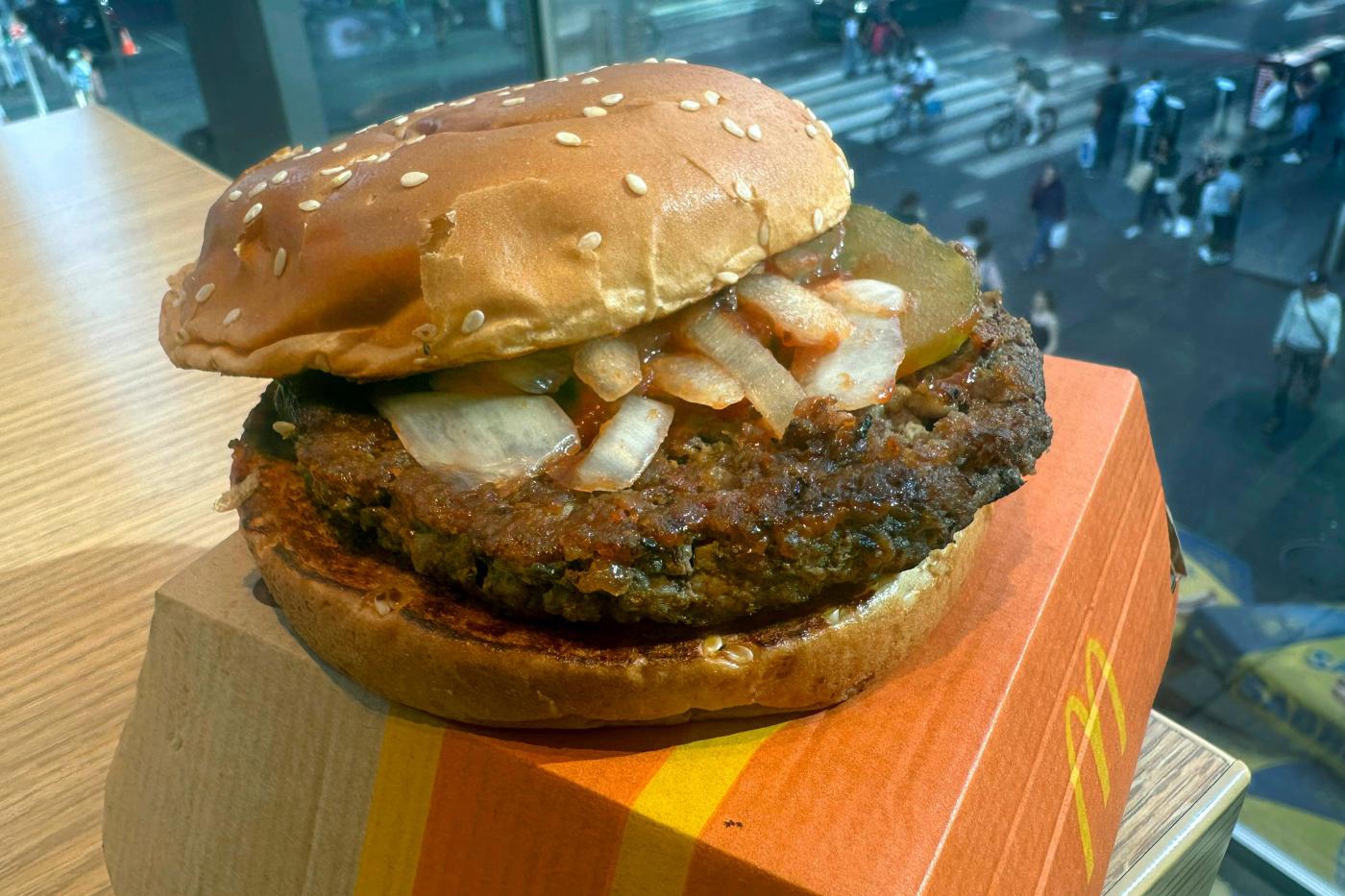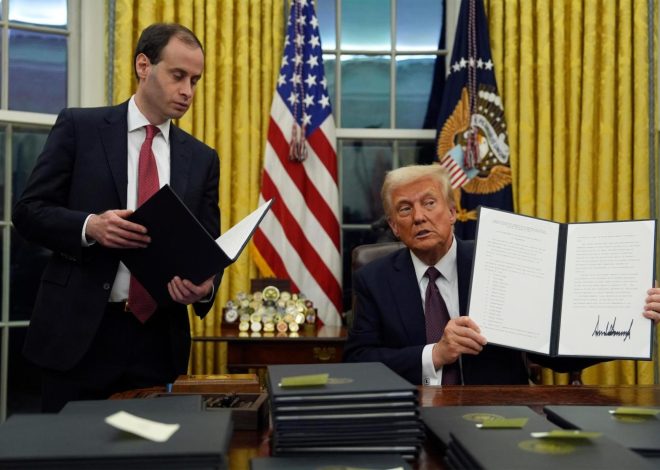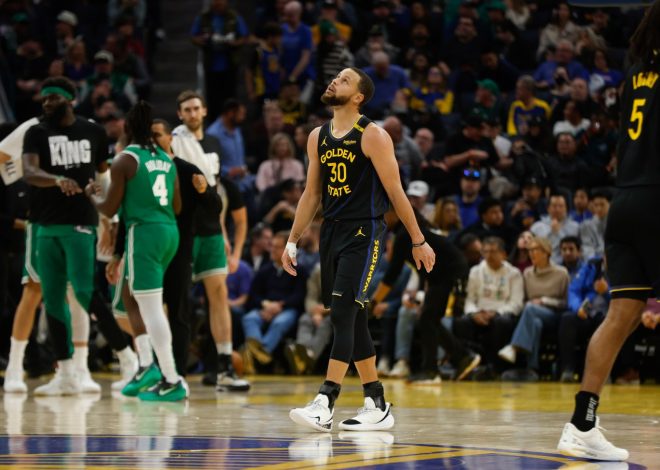
Opinion: McDonald’s missed one lesson from Chipotle’s E. coli crisis
Consumers make choices about what and where they’ll eat based on quality, convenience and price. But higher on the hierarchy of needs is the basic requirement that the food you eat not make you sick — or, worst case scenario, kill you. When a brand needs to convince customers that its food won’t do the latter, it’s in deep trouble.
McDonald’s Corp. entered that territory when news broke that its Quarter Pounder was the source of an E. coli outbreak across 13 states that had killed one person and sickened dozens over a two-week period spanning September and October.
While it’s very possible more cases will emerge, McDonald’s isn’t close to a Chipotle Mexican Grill Inc. circa 2015 situation — at least not yet. Nearly a decade ago the burrito chain dominated headlines for months when a string of norovirus, E. coli and salmonella outbreaks poisoned hundreds of customers. The sheer number of incidents gave the impression that the situation had spiraled out of the company’s control. It took years for the brand to fully repair its reputation, requiring a full-on management overhaul to convince diners that it was safe to eat at the chain again.
Past actions
Unlike Chipotle, McDonald’s has long had a stellar food-safety reputation, which makes this occurrence seem more like an anomaly than an issue with its overall system. Don Schaffner, a professor of food science at Rutgers University, told me what most surprised him about the whole thing was that McDonald’s was the source of the outbreak. When he heard the news, he said “my jaw dropped.”
A quick history lesson: McDonald’s commitment to food safety goes back to 1982 when its burgers in Oregon and Michigan were discovered to have sickened customers — the first time E. coli had ever been connected to food poisoning. The episode didn’t get much press at the time, and it wouldn’t be until Jack in the Box’s deadly outbreak a decade later that food safety hit the general public’s radar. By then, McDonald’s had already changed the way it cooked and handled its food, introducing clamshell grills that allowed its patties to cook on both sides simultaneously to ensure harmful bacteria was killed.
The changes that companies and regulators have implemented since the Jack in the Box outbreak mean that its now more common to see E. coli in restaurants linked to raw fruits and vegetables than ground beef. That seems to be the case here, with McDonald’s reporting the cause is very likely the slivered onions it uses on its Quarter Pounders. The fact that McDonald’s has already been able to pinpoint the culprit, which comes from a single supplier sourcing three of its distribution centers, gives the impression that the company has a tight grasp on its supply chain. This also suggests it has a supplier issue, rather than a problem with how McDonald’s is handling its food. (One factor that calls the onion thesis into question: This would be the first time this particular strain of E. coli would be linked to onions).
An odd oversight
Compare McDonald’s speed and level of specificity to Chipotle’s handling of its multiple E. coli outbreaks in 2015. Chipotle and investigators were never able to exactly identify what was making people sick. Businessweek reported in 2015 that the company struggled to tell the Centers for Disease Control and Prevention which ingredients went to which stores when. “The system they have is not able to solve the problem we have at hand. It’s not granular enough,” Ian Williams, chief of the CDC’s outbreak response and prevention branch, told Businessweek at the time. Consumers were reluctant to return to the brand when it couldn’t even figure out what the problem was in the first place.
Related Articles
What’s so American about pie, anyway? We asked an IRL pie historian
McDonald’s Quarter Pounder back on the menu after testing rules out beef patties as E. coli source
Richmond vendor program promises street merchants a new start
Spooky, skully spiderweb eggs are Halloween show-stealer
Kids are sucking down baby food pouches at record rates. ‘We’re going to pay for it,’ experts say
On top of its supply chain mess, Chipotle took too long to acknowledge how serious a problem it had on its hands, to take responsibility for it and apologize. It blamed the media for writing sensational headlines and regulators for the way they handled the investigation. And the company’s cockiness around the quality of its food came back to bite it. “‘Food with integrity,’ a promise to Chipotle’s customers and a rebuke to its competitors, has become the source of much schadenfreude among both,” Susan Berfield wrote in Businessweek.
For better or worse, McDonald’s can mostly skirt this issue since it attracts customers more interested in speed, value and consistency than food provenance. The bigger issue for McDonald’s will be the social media conversation the episode will provoke about what McDonald’s food, outbreak aside, does to consumers’ health.
The burger giant has taken swift action, pulling the Quarter Pounder from about 20% of its restaurants and putting out a statement from its head of supply chain for North America and a video from McDonald’s USA president stressing how seriously the company takes food safety. That message would have been more powerful had it come from the company’s CEO. But what was oddly missing from both communications was any sort of acknowledgement or apology to those who were sickened by eating its food. That’s likely the work of McDonald’s legal department. But if there’s one thing McDonald’s can learn from Chipotle, it’s that showing some empathy might be the most important ingredient in convincing customers its safe to eat at your restaurants again.
Beth Kowitt is a Bloomberg Opinion columnist. ©2024 Bloomberg. Distributed by Tribune Content Agency.


